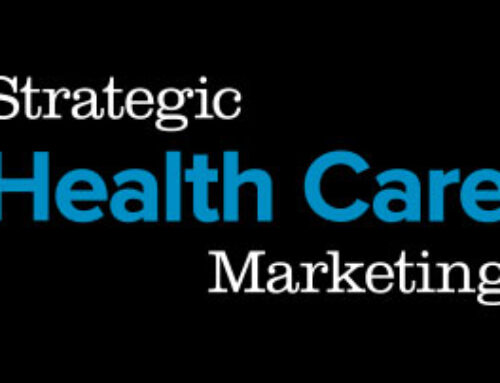Employing a strong PR program will keep your hospital well positioned during difficult economic times.
The economy is dreadful. Revenues are down; meeting payroll is a challenge; vendors are circling like wildfire, clamoring to be paid. Among the wrenching decisions facing hospital executives is which programs are essential and which can be cut—or even scrapped altogether—in the spirit of sound financial stewardship.
The people making these choices would be wise to proceed with caution. Some line items that seem superfluous because they don’t directly touch patients may be the very expenditures that can mean short-term success and long-term staying power.
Public relations is just such an example. The ability to manage perception and influence employer and consumer purchasing decisions has allowed many a hospital to rise above the crowd and break out of the commodity box. Yet because the profession does a poor job of properly positioning itself, public relations is often among the first cuts made in a financial downturn. This is one of the biggest mistakes a hospital can make.
Educating the Public
Just as hospitals are examining their financial state, so, too, are customers. It is in tough economic times—when purchasers are shuffling their financial cards—that customers become even more selective about what to purchase and where to purchase it. In times like this, people are not inclined to gamble on the unknown or jump to the latest carnival barker. It is the strong and trusted brands that win out.
Nothing builds and supports a brand like public relations. A good hospital public relations program relies on the four most important elements of trust: integrity, honesty, promise keeping and loyalty. A hospital with these elements as its foundation will attract new customers and keep the old. It also helps galvanize employees toward a common good as salaries freeze, benefits structures are re-examined and nervousness mounts.
A hospital that has a strong and trusting relationship with the public can also play an important role in community health by reminding the public—with credibility—of the importance of not forgoing needed care even in these tough economic times. It is far better, and in the long run cheaper, to catch health issues early on before they turn into long-term, debilitating conditions. This can best be done by reminding the public to continue with mammograms, colonoscopies, flu shots, childhood immunizations, blood pressure and cholesterol checks, prenatal care, and annual physicals.
Thinking more broadly, it is public relations that can help engage the public on some of the seminal issues with which we are grappling both as a nation and in local communities: cost, quality, access and fairness on how health care is delivered and paid for in America. An educated public is a powerful ally, and public relations is the tool that can build these alliances now and for the future.
Cost-Effective Marketing
If you don’t think you have the money for public relations, think again. Public relations is the most cost-effective way to spread your message compared with other arrows in the marketing quiver. Advertising, direct mail and other initiatives all cost more to execute than public relations. At a time when every dollar you spend matters more than ever, public relations enables you to keep your name prominent and positive while spending your dollars wisely.
A challenging economic climate allows little margin for error, making it critical that those charged with carrying out your public relations agenda have a broad and deep understanding of health care’s issues, language, textures, political environment and sensitivities. In these times, you can’t afford to pay for a long learning curve.
It also means making sure your public relations program is strategically driven and directly tied to overriding business objectives. Publicity just for publicity’s sake isn’t the answer. Successful public relations must be integrated with all other components in your marketing mix so that all of the pieces work together—in one smooth rhythm—relative to message and timing. Properly executed, public relations will allow your marketing dollars to go further. If poorly executed, you will find yourself with a Frankenstein-like assortment of disjointed pieces that just don’t fit together.
It is easy, and perhaps even tempting, to remain in the shallow end of the pool until normalcy returns to the marketplace. But nobody knows for sure when that will be or what the new “normal” will look like. The hospitals that emerge from this economic downturn stronger and better positioned will be those whose brand remains strong, whose values remain true and whose reputation remains unpolluted. Sounds like a job for public relations.
Ross Goldberg is president of Kevin/Ross Public Relations in Westlake Village, Calif., and chairman of the board of trustees of Los Robles Hospital & Medical Center in Thousand Oaks, Calif.



